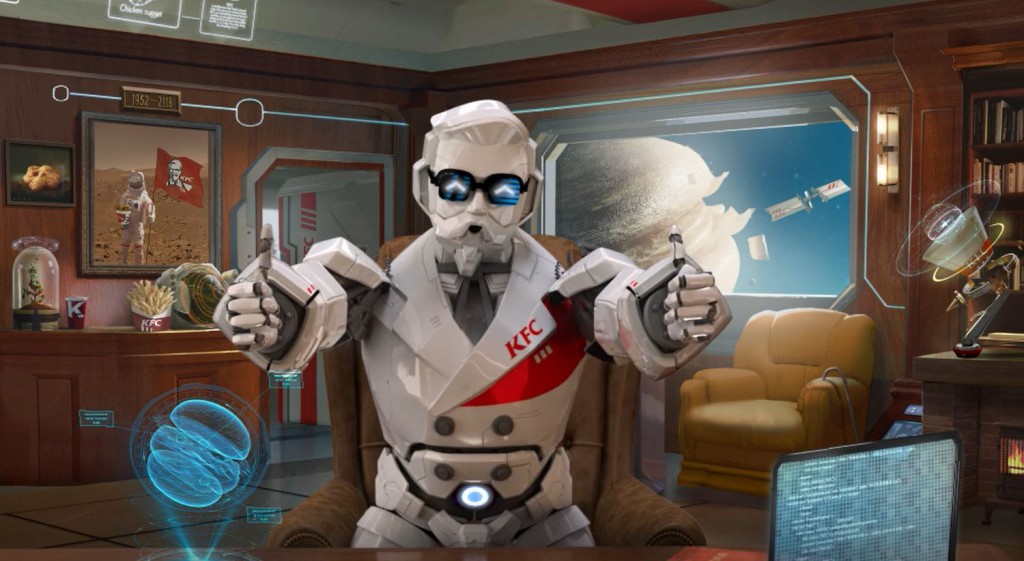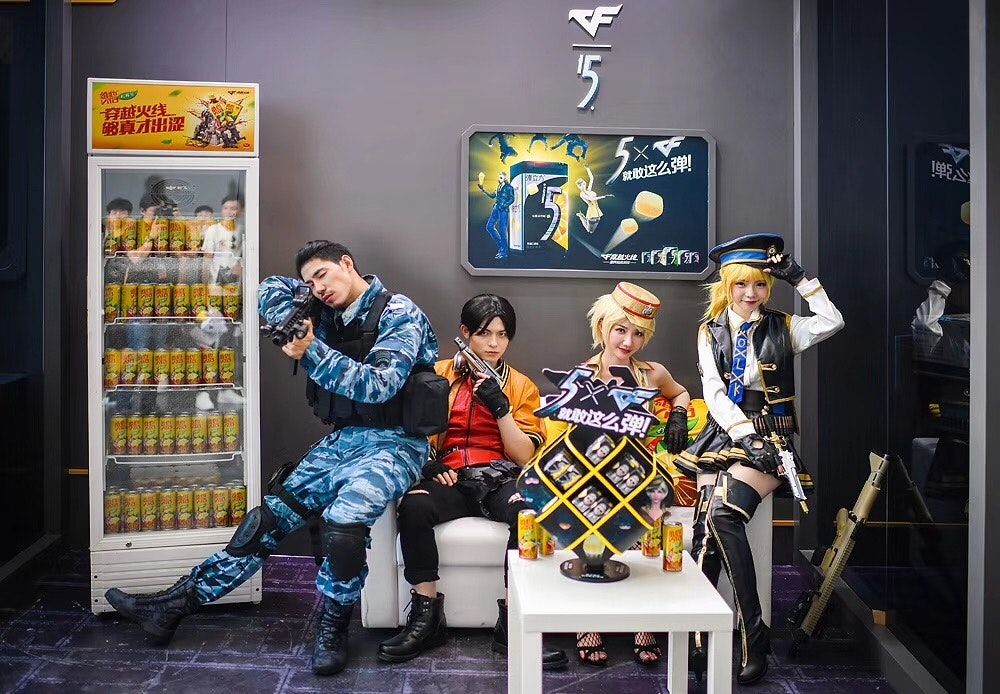China is a fast-paced, dynamic and ever-evolving advertising market with digital at its core. But now brands are extending their media and communications to create unique, technology-led experiences in the real-world, entering a new era of personal interactions and engagement with consumers.
eMarketer data suggests that digital ad spending in China increased 26.5% to $62.55bn in 2018, accounting for 64.8% of China’s total media ad spend. Within that, mobile experienced robust growth, accounting for at least 80% of digital ad spending, driven by the ‘BAT’ trio of tech companies (Baidu, Alibaba and Tencent) who continue to capture most ad dollars in the market.
With China representing almost 30% of the Festival of Media APAC Awards 2019 shortlist, we’ve delved specifically into these shortlisted entries to uncover how brands are working with media in game-changing ways to create new and exciting experiences for consumers in China.
Mindshare was responsible for 70% of all Chinese entries on the shortlist, with MediaCom, PHD, Initiative and Meituan Dianping also featured. By advertising sector, the Chinese entries are dominated by retail brands – across food, sports and beauty/cosmetics. The rest of the campaign entries come from the technology, automotive, FMCG, toys and tourism, travel and leisure sectors.
There is also a wide spread of Chinese entries across categories, with the most popular being ‘Best Local Execution of a Global Brand’, ‘Best Social Media Campaign’, ‘Best Engagement Strategy’, ‘Best Event, Experiential, Sponsorship’, ‘Best Use of Gamification’ and ‘Best Use of Mobile’.
That in itself is reflective of China’s advanced digital capabilities and suggests that global brand marketers are taking on board considerations around Chinese consumers’ distinctive purchasing behaviours and tailoring campaigns to the specific needs and interests of the Chinese audience – in a market where there’s significant competition between homegrown and foreign brands.
For example, mobile gaming is a huge lifestyle pursuit in China: 67% of the population are gamers, and 43% of the population “E-Gamers” – those who get involved in game competitions online. So much so that it has reached a scale where it’s deemed a national sport in China, with fully sponsored e-gaming teams. Therefore, gamification techniques had a strong role to play in many of the shortlisted campaigns coming out of China.
There was a strong tech focus across all the Chinese entries with examples of campaigns using artificial intelligence (AI), live-streaming videos, face scanning tech and LED projection mapping.
Yet despite China’s strong digital and mobile footprint, one of the key trends to take away from the China entries was looking at how brands are combining the online and offline worlds, using online video, social media and mobile gaming supported by offline activities that create unique experiences through OOH and experiential activations, in order to reach the masses.
Another key driving force of consumption in China is social commerce, which was evident in numerous campaign entries, using data to combine social and purchase behaviour and streamline the path to direct purchase.
In such a fast-changing and dynamic digital marketing landscape, brands looking to break into China need to be flexible, willing to adapt to new features and keep up with emerging trends. While a digital and mobile presence is necessary to getting where Chinese consumers are, brands shouldn’t underestimate the power of creating real-world experiences that offer the right mix of online and offline to really engage with Chinese consumers.
We put the spotlight on two Festival of Media APAC Awards 2019 shortlisted entries, which highlight this trend:
KFC: The First Colonel to Conquer eSports | KFC | Mindshare | China
Shortlisted for: Best Engagement Strategy, Best Event, Experiential or Sponsorship, Best Integrated Campaign, Best Use of Gamification, Best Use of Mobile, Best Use of Technology
Summary:
Gamers like their numbers. Win ratios. Gold collected. Magic stats. Health stats. Attack damage. eSports games like League of Legends have many more numbers than a typical game of football or basketball. No typical fan has the time to do predictive probability calculations while watching a game which has four or five things happening all at the same time. One famous online influencer Huang Xudong bravely attempted to make these predictions for fans. However, he became even more famous because of wrong predictions, so fans jokingly nicknamed him “Poison Milk”. Hence, KFC saw this as the biggest opportunity to address an unmet need and elevate the fan experience.
Enter Colonel KI (KFC-AI) – KFC’s AI algorithm for predicting League of Legend winners. Giving fans this new capability was the only way for KFC to be truly integral to the experience, and The Colonel was the perfect persona to deliver this to fans. KFC partnered with data company PentaQ to create an algorithm based on all historical data and real-time data for each team. The algorithm in the form of Colonel KI was capable of giving out real-time predictions on who would win a match based on game stats. KFC added value from start to finish as all gamers and fans could track the predictions before, during and after the matches. This approach served the objective of making KFC an integral part of the game, bringing added value to the game, gamers, fans, and of course, the brand.
Colonel KI’s predictions were featured on the actual game screen. He appeared at the beginning of each game and in every break during the live-streaming to give predictions. During the game, a Colonel KI graph at the bottom of the screen appeared to show real-time win rates (pointing to the team who is likely to win) that changed as the game progressed. Fans could also log into the KFC app to access and track the predictions throughout the match. At the most exciting moments of the game, Colonel KI also served as a warm-hearted cheerleader and distributed KFC coupons to all fans – inviting the audience to order KFC online and have fried chicken while enjoying the game.
Five Gum 2018 Bounce 2.0 Campaign | 5 Gum (Mars Wrigley) | MediaCom | China
Shortlisted for: Best Use of Gamification
Summary:
Penetration of the Gum category had dropped 5-10% across all age segments in the last five years, and this resulted nosedive in category sales amongst youngsters forced the business to rethink its approach to young consumers. Chewing gum is not a salient habit for them. 5 Gum had previously associated with extreme sports – the right resonance, but a small audience. The current challenge was to start generating a wider brand following, by bringing new users to the category. The step change in thinking came shifting from extreme experiences that only a few could do, to intense experiences that many are doing.
This led MediaCom to leverage the booming gaming phenomena. These gamers were looking for intensity and stimulation – a sense of “flow” that comes from being fully engrossed in the challenges. The strategy was to place 5 Gum in the game itself – at the heart of the flow activity (in which the brain releases all the “happy” chemicals – Dopamine, Norepinephrine, Anandamide, Serotonin and Endorphins.) To bring to life the five unconventional flavours of 5 Gum’s range, the agency partnered with Tencent Games to integrate the brand promise into one of China’s most popular games – Cross Fire. With over 500 million registered users it had the scale needed to make an impact with relevant and engaging video assets, social content and promotions.
5 Gum was embedded into the game as a ‘juicy grenade’ or a ‘bouncy pad’ – enhancing the users experience. Players could earn coupons for 5 Gum in the game, including “Cross Fire Limited Edition Packs”, and many highlight reels from spectacular gaming performances were shared online to the game’s large cohort of followers. This experience was supported with paid and viral media which reached beyond the core gaming audience to make sure it also reached light and non-gamers, together with incentivised mobile ads and social posts with customised content. It also reached the broader audience with OOH executions and an interactive experience at hypermarkets, to lure the curious into the gaming experience.









